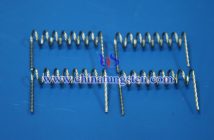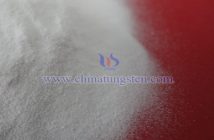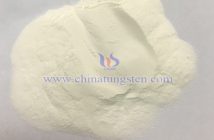Ammonium metatungstate (AMT) is an important intermediate product of the transition metal tungsten, with a molecular formula of H??N?O??W??, containing nitrogen, hydrogen, tungsten, and oxygen. However, in practice, besides these four elements, AMT also contains impurity elements such as Al, As, Bi, Ca, Cu, Fe, Mg, Mn, Mo, Na, Ni, Pb, Si, Sn, and Ti. The impact of aluminum on the properties of AMT is as follows:
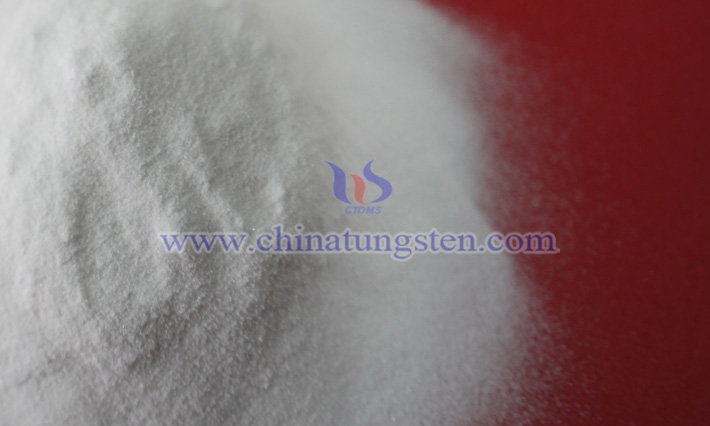
Impact on Appearance and Color: Small amounts of aluminum impurities generally do not significantly alter AMT's white or slightly yellowish appearance. However, when aluminum content is high, it may slightly darken the color of AMT, affecting its aesthetic quality, which could be a concern in applications with strict appearance requirements.
Impact on Solubility: The presence of aluminum may subtly affect AMT's solubility. Aluminum ions could interact with metatungstate ions, altering the dissolution equilibrium in water to some extent. As aluminum impurity levels increase, AMT's solubility may slightly decrease. This is because aluminum ions may occupy certain lattice positions or form sparingly soluble complexes with metatungstate, reducing the proportion of AMT that can dissolve.
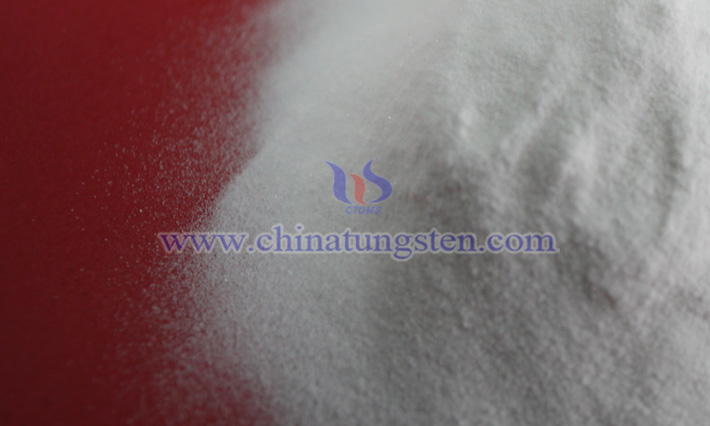
Impact on Thermal Stability: The introduction of aluminum impurities may reduce AMT's thermal stability. During heating, aluminum ions could interact with AMT's crystal lattice, disrupting its originally stable structure. At elevated temperatures, AMT containing aluminum impurities may decompose or undergo structural changes earlier than pure AMT, impacting its performance in high-temperature environments.
Impact on Catalytic Performance: If AMT is used in catalysis, the presence of aluminum impurities has a notable effect. On one hand, aluminum may alter the structure of active sites and electron cloud distribution in AMT catalysts, affecting their catalytic activity and selectivity for specific reactions. For instance, in hydrogenation reactions, aluminum impurities might change the catalyst's adsorption capacity for certain reactants, altering reaction rates and product distributions. On the other hand, aluminum impurities may interact with other active components in AMT, forming new compounds or phases that reduce the catalyst's stability and service life.

